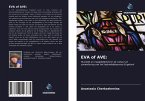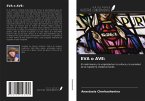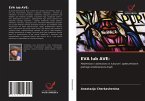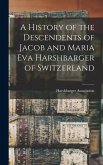In late medieval England there were two ways of self-realization for women, and both were inextricably linked to the concept of marriage - earthly or heavenly. Within the framework of earthly marriage an English woman was traditionally understood as a spouse, a mistress, an assistant to her husband, a successor of the family - Eve. At the same time, the archetypes of virginity and sacred marriage played an enormous role in the culture and society of this period. The sacred virgin, the bride of Christ, the purest pearl, the inhabitant of Heavenly Jerusalem is not just an ideal image encapsulated in culture, but a real goal prescribed for women of religious initiation. Being the likeness of the Virgin Mary and at the same time following the path of imitatio Christi, such a virgin was considered the supreme being, the most perfect human being. But what fate awaited the English woman of the late Middle Ages on each of these paths of life? What expectations did society have for her? How were marriage and virginity represented in English culture of this period? To these and other questions we will attempt to answer in this monograph.







